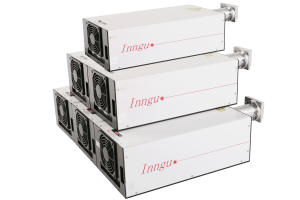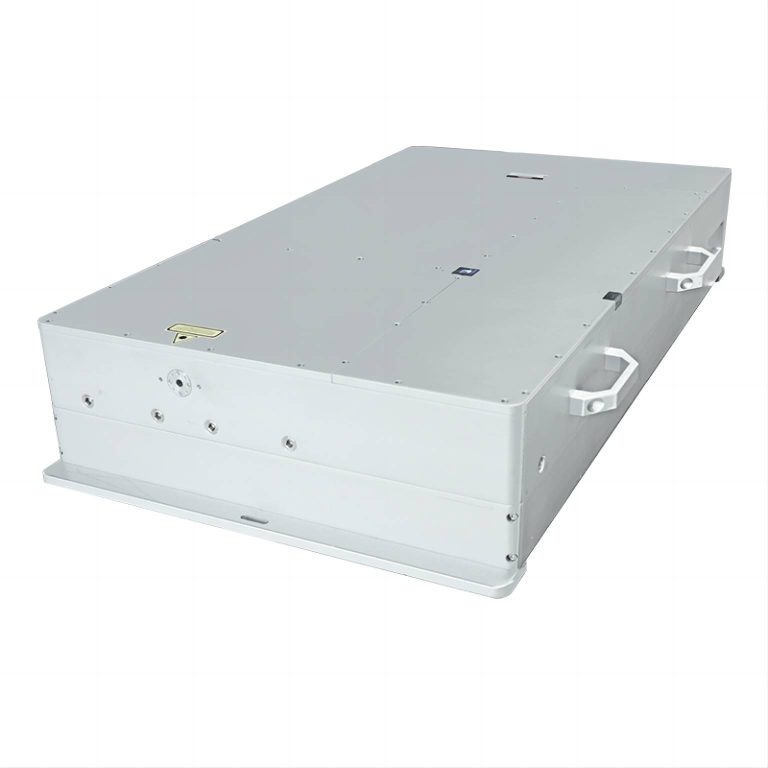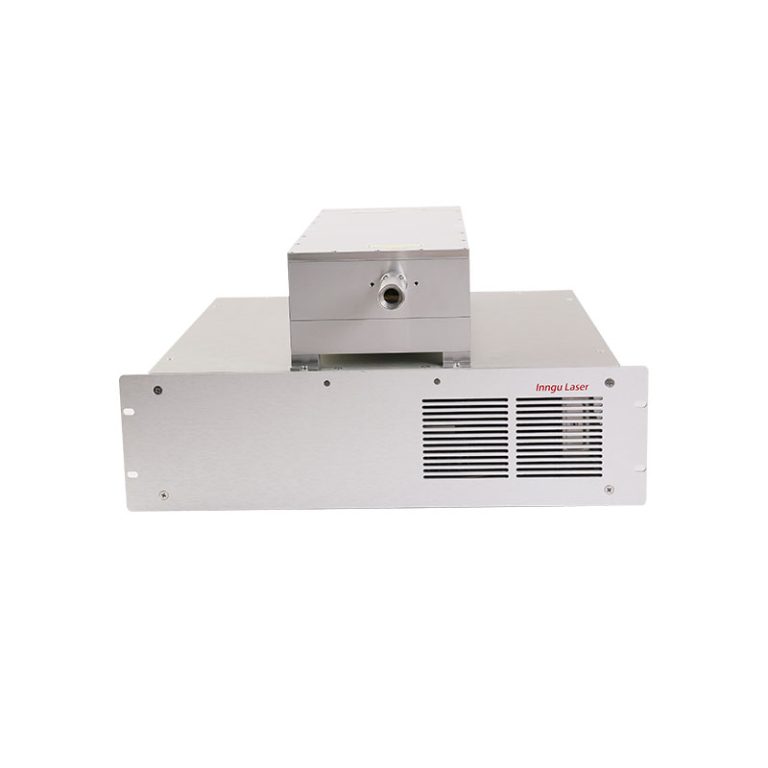Introduction
In the world of lasers, precision and speed are paramount. The emergence of UV Laser technology represents a groundbreaking leap forward, pushing the boundaries of what was once thought possible. This article delves into the intricate dynamics of UV Lasers, exploring their applications across various industries, from manufacturing and research to cutting-edge medical procedures.
Understanding UV Lasers
UV Lasers operate on the principle of emitting pulses of light in the ultraviolet spectrum with durations measured in nanoseconds (billionths of a second). This ultrafast pulse duration distinguishes them from other lasers, offering unique advantages in terms of precision and minimization of heat-affected zones.
The dynamics of UV Lasers involve harnessing the power of ultraviolet light to achieve rapid material processing, intricate micromachining, and precise medical interventions. Let’s delve into the diverse applications that showcase the dynamics of this cutting-edge technology.
Industrial Applications: Precision in Manufacturing
One of the primary domains where UV Lasers shine is in industrial manufacturing processes. The ultrafast pulses allow for precise ablation and machining of materials, making them ideal for tasks such as micro drilling, cutting, and engraving. The ability to focus intense energy in such short durations minimizes collateral damage, making UV Lasers indispensable in the production of intricate components for electronics, aerospace, and automotive industries.
Moreover, the fine-tuned precision of UV Lasers contributes to advancements in the manufacturing of semiconductors. Their ability to process materials with minimal thermal impact is crucial for creating smaller, more efficient electronic devices.
Micromachining Marvels: Delicate Precision at the Nanoscale
UV Lasers have found a niche in the field of micromachining, where intricate patterns and features are created on a micro or even nanoscale. This level of precision is particularly valuable in industries such as microelectronics, medical device manufacturing, and the production of microfluidic devices.
The dynamics of UV Lasers enable engineers and researchers to achieve finer details and complex structures, unlocking possibilities in creating miniature components with applications ranging from medical implants to advanced sensors. The technology’s role in micromachining is not just about speed but about achieving levels of precision previously unattainable with other laser technologies.
Advancing Medical Procedures: Precision in Healthcare
In the medical field, precision is non-negotiable. UV Lasers have become instrumental in various medical procedures, owing to their ability to perform highly precise surgeries with minimal damage to surrounding tissues. Ophthalmic surgeries, for instance, benefit from the ultrafine precision of UV Lasers in corneal reshaping and cataract removal.
Additionally, dermatological procedures, such as tattoo removal and skin resurfacing, have seen significant improvements with the introduction of UV Lasers. The ability to deliver controlled pulses of energy in extremely short durations allows for more efficient and less invasive treatments, minimizing patient discomfort and recovery time.

Research and Development: Pushing the Boundaries of Science
The dynamics of UV Lasers play a pivotal role in advancing scientific research and development. From studying ultrafast chemical reactions to exploring the properties of materials at the nanoscale, researchers leverage the precision and speed of UV Lasers to delve into the intricacies of various scientific phenomena.
In physics, these lasers contribute to experiments exploring quantum mechanics and ultrafast spectroscopy. In materials science, researchers utilize UV Lasers to manipulate and analyze materials at the atomic and molecular levels. The dynamics of these lasers are not just about rapid processing; they’re about opening new frontiers in our understanding of the natural world.
Innovative Solutions Shaping the Future
Addressing these challenges has spurred a wave of innovation in UV Laser technology. From advancements in materials science to novel pulse generation techniques, researchers are pushing the boundaries to make these lasers more robust, efficient, and accessible. Let’s explore some of the innovative solutions that are shaping the future of UV Lasers.
- Advanced Cooling Technologies:
Innovative cooling technologies are playing a pivotal role in managing heat generated during laser operations. Liquid cooling systems, advanced thermal materials, and smart thermal management algorithms contribute to maintaining optimal operating temperatures. These solutions not only enhance precision but also extend the lifespan of UV Laser systems.
- High Repetition Rate Lasers:
Researchers are developing laser systems with higher repetition rates, addressing the need for increased throughput in various applications. By optimizing pulse generation mechanisms and exploring new laser architectures, engineers aim to strike a balance between precision and speed. This innovation is particularly relevant in industries where efficiency and productivity are paramount.
- Compact and Portable Systems:
Advancements in miniaturization and portability are making UV Laser systems more versatile. Compact designs facilitate integration into diverse environments, including medical settings, research laboratories, and manufacturing floors. Portable systems bring the benefits of UV Lasers to applications where space constraints or mobility is a key consideration.
- Smart Monitoring and Control Systems:
Incorporating intelligent monitoring and control systems enhances the reliability and user-friendliness of UV Lasers. Real-time diagnostics, predictive maintenance algorithms, and adaptive control mechanisms contribute to smoother operations and reduce downtime. These smart features empower users to optimize laser performance and troubleshoot potential issues proactively.
Conclusion: A Dynamic Future for UV Lasers
As we navigate the dynamic landscape of UV Laser technology, it is evident that ongoing research and innovation are reshaping the possibilities of precision laser applications. Challenges are met with creative solutions, and the trajectory of this technology points toward a future where finer precision, higher efficiency, and broader accessibility converge.
The dynamics of UV Lasers continue to captivate researchers, engineers, and industries alike, offering a glimpse into a future where speed and precision coalesce to unlock new frontiers. As innovations unfold, we can anticipate a proliferation of applications across manufacturing, healthcare, research, and beyond, solidifying UV Lasers as indispensable tools in our quest for technological advancement.


